A Sample of Medical Scribing
Written by: Yichen Zeng | Edited by: Ben Segev
Whether it be clinical volunteering, shadowing, or hospital internships — with so many options at our disposal these days for glimpsing into the day-to-day lives of physicians, it’s quite difficult for pre-med students to determine for themselves which of these opportunities suits their interests and career goals the most.
One particular opportunity that many pre-meds may be aware of but not as many genuinely consider is the role of a medical scribe. Medical scribing is the documentation of patient encounters on behalf of some clinician; in other words, as a scribe, you would follow a doctor around as they treat their patients and update patients’ electronic health records with the patients’ subjective histories, the doctor’s physical exam results, and the doctor’s proposed treatment plans for their patients. As medical records become increasingly complex and tricky to navigate, medical scribes are becoming in higher and higher demand; with scribes, doctors are able to concentrate more on interacting with their patients instead of wasting their and their patients’ time on trudging through clerical duties.
At a glance, medical scribing appears to be the perfect opportunity for pre-meds to gain clinical experience! Not only does medical scribing enable students to step into the shoes of a physician and immerse themselves in the workplace dynamics of a clinic, but also it requires students to take on one of the primary responsibilities of a doctor — which will eventually become one of their primary responsibilities once they begin practicing.
Yet, in select circles of pre-med students and advisors, medical scribing is viewed rather negatively. Why is this the case? Well, those who view medical scribing as less beneficial for pre-meds than other clinical opportunities often argue that medical scribing doesn’t provide students with the invaluable experiences from interacting directly with patients. However, this argument is rather misleading: while it is true that scribes are, at most hospitals and clinics, prohibited from performing medical services or offering medical advice to the patients they meet, they are absolutely permitted (and even encouraged) to socialize with their patients casually. This can range from exchanging pleasantries to inquiring into the patients’ lives if the patients are eager to disclose some recent exciting developments in their lives. Both of these activities hone skills that doctors must acquire and perfect in order to be successful at forging lasting interpersonal relationships with their patients.
For prospective medical scribes or pre-meds who are interested in this route of acquiring clinical experience, the onboarding process — which is that of a formal employment — may seem daunting and perplexing at first. Fortunately though, past the mountains of paperwork, the process is quite straightforward: both classroom training and floor training (that is, training outside of the classroom and in the medical offices at which scribes-in-training intend to work), while intensive, are rather short in duration. In fact, often only a month or two elapse between the submission of the job application and the first day of work.
One popular employer of medical scribes is ScribeAmerica, a provider of medical scribes to various medical practices around the country. Under ScribeAmerica, classroom training usually lasts several weeks and involves the memorization and comprehension of basic anatomy and physiology while floor training lasts for around a month or so. ScribeAmerica’s popularity can largely be attributed to the convenience of onboarding and the company’s expansive nationwide footprint.
For most students like me who are still in school, we elect to accept a part-time position: with ScribeAmerica, that entails a minimum of twenty hours per week which, while certainly gruesome at times, will provide clinical exposure and experiences that are extremely pertinent to the career of a clinician and unique to the work of medical scribing. Moreover, ScribeAmerica is decently accommodating with their student employees; students can take time off for exams and emergencies without any repercussions. Though, like all employment, working as a medical scribe is a commitment that demands a consistent and dedicated approach.
Some medical scribes also work for hospitals directly or under other organizations and companies that provide similar services. Many students prefer those to ScribeAmerica due to higher pay or easier hours, though it is relatively more tedious to search for these opportunities simply because they are smaller in scale and coverage than ScribeAmerica.
For those of us who have yet to decide which option of gaining clinical experience is right for us, medical scribing is one that I would definitely recommend to consider. While the hours are long, they prepare us for the demanding hours that we may eventually work once we become doctors (and will work when we’re in residency). While the pay isn’t outstanding, it is at least an improvement from most other clinical opportunities that are purely volunteering in nature. And, of course, as a medical scribe, you’ll already have a foot in the door by the time you leave employment — a head start that will carry you far in your professional aspirations.

